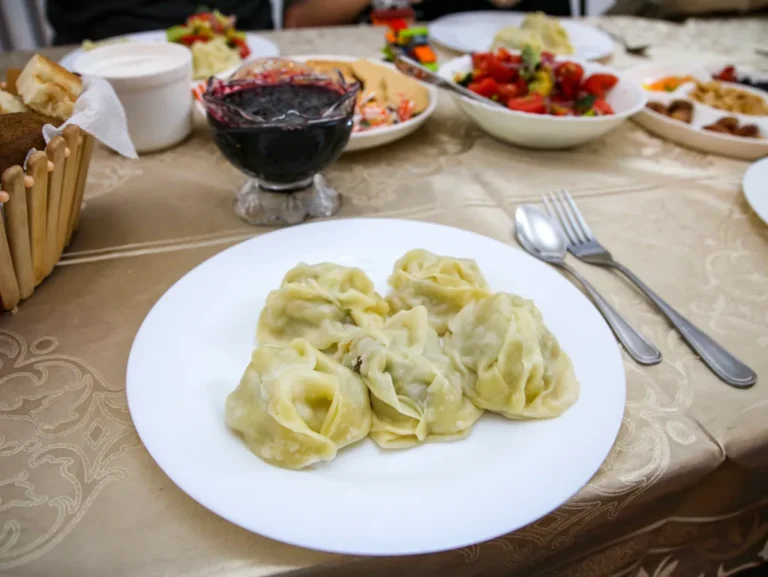Introduction to Kyrgyz cuisine
Kyrgyz cuisine is a reflection of the country’s nomadic past and its location at the crossroads of the Silk Road. It is known for its hearty, meat-based dishes and the use of simple, locally sourced ingredients. Kyrgyz cuisine has been influenced by various cultures, including Russian, Chinese, and Middle Eastern, resulting in a unique blend of flavors that cannot be found anywhere else.
History of Kyrgyz cuisine
The nomadic traditions of the Kyrgyz people have heavily influenced their cuisine. Historically, Kyrgyz herders would roam the mountains and valleys with their livestock, relying on meat, dairy, and grains for sustenance. Over time, the region’s location on the Silk Road led to an influx of spices and ingredients from other cultures, such as cumin, coriander, and even Chinese noodles. Today, Kyrgyz cuisine remains closely tied to its nomadic past, with traditional dishes often served in yurts and made using techniques passed down for generations.
Key ingredients in Kyrgyz cuisine
Meat, particularly lamb, beef, and horse, is a staple ingredient in Kyrgyz cuisine. Dairy products such as kymyz, a fermented mare’s milk, and kurut, a dried cheese, are also commonly used. Vegetables like potatoes, onions, and carrots are prevalent, as well as grains such as rice and noodles. Spices like cumin, coriander, and red pepper flakes are used to add flavor to dishes.
Popular dishes in Kyrgyz cuisine
Beshbarmak, which means “five fingers,” is a popular dish that consists of boiled meat, usually lamb or beef, served on top of flat noodles and garnished with onions. Kuurdak, another beloved dish, is made by frying meat and potatoes together in a pan with onions and spices. Manti, steamed dumplings filled with meat and onions, are another favorite, especially during celebrations and festivals.
Unique features of Kyrgyz cuisine
Kyrgyz cuisine is unique in its use of fermented dairy products like kymyz and airan. The nomadic tradition of making and consuming these products has persisted to this day, and they are often served alongside meals. Another unique feature is the use of sour cream in many dishes, which adds a tangy flavor and creamy texture.
Conclusion: Kyrgyz cuisine in the modern world
Kyrgyz cuisine remains an important part of the country’s cultural heritage, and traditional dishes are still enjoyed by locals and tourists alike. However, modern influences have also shaped Kyrgyz cuisine, with fusion dishes and international ingredients making their way onto menus. Despite the changes, Kyrgyz cuisine remains a testament to the country’s rich history and diverse cultural influences.

